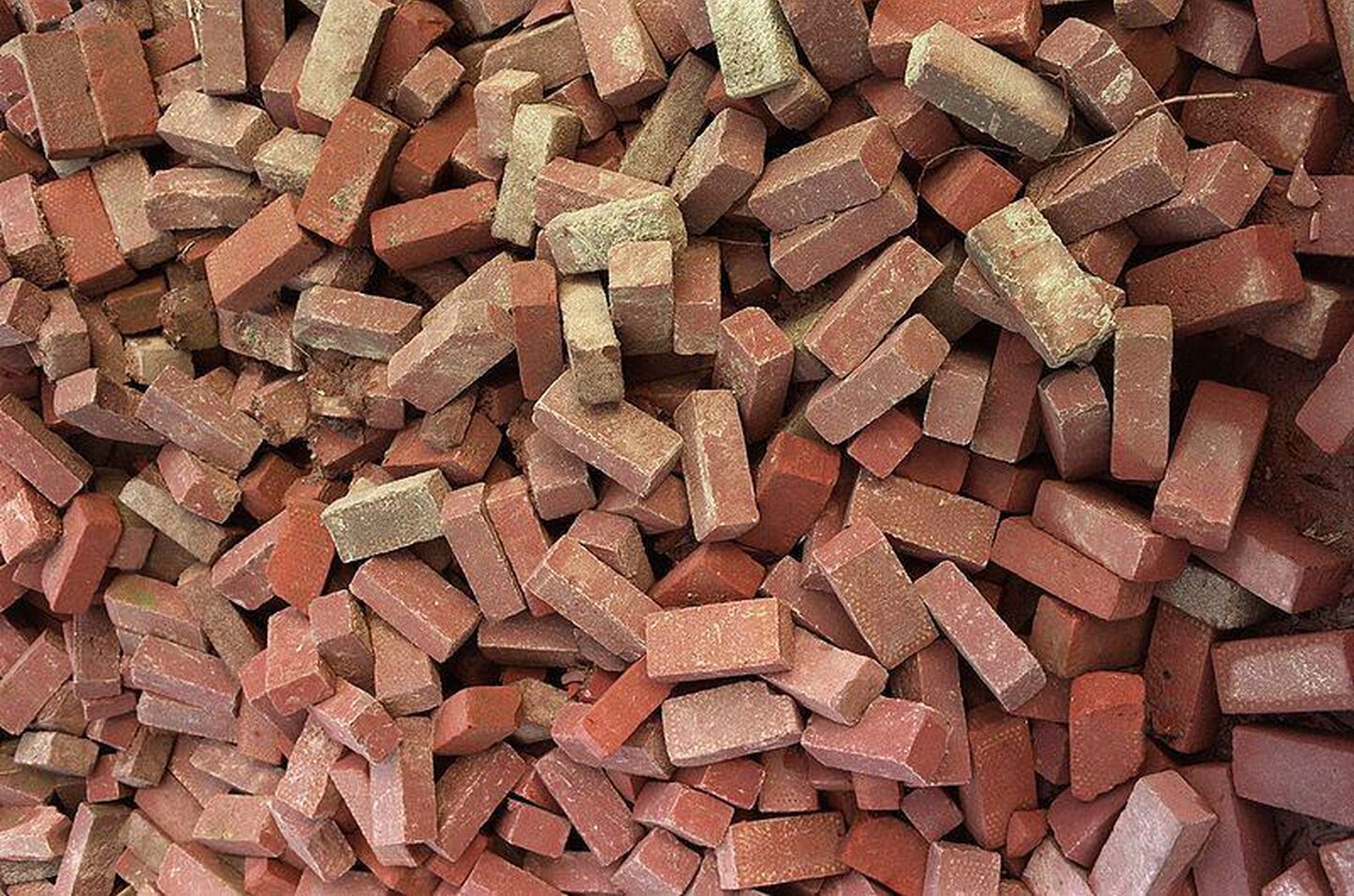Basement Foundation Cracks are a Danger in Park Ridge IL 60068

Clay played an important role in the early history of Park Ridge and is partly responsible for the city’s existence.
Like many Chicago suburbs, Park Ridge was originally home to the Potawatomi Native American nation prior to the 1833 treaty that ended the Blackhawk War and removed natives from the land. The first European settlers that followed were farmers but a businessman named George Penny discovered that the abundant local clay deposits and clay soil were perfect raw materials and he established a brick manufacturing facility in Park Ridge in 1854.
Penny built a railroad station to ship his product that also established transportation into Chicago from the town then informally known as Pennyville and renamed Brickton for its leading industry.
By 1873 easily available clay for bricks had run out and the town began its transition to a residential community. Incorporated that year as the city of Park Ridge, the new city steered its growth by banning rental apartments and limiting industry and encouraging the construction of single family homes on large lots.
Today, Park Ridge is an upscale suburb with a population of nearly 38,000. The clay that helped build the city is now somewhat of a nuisance to its 14,000 homeowners as it creates a highly expansive soil that can cause foundation damage and basement seepage. In fact, many Park Ridge homeowners have experienced basement foundation cracks in their homes caused by the clay soil.
Basement Foundation Cracks in Park Ridge Homes
A basement foundation crack in a Park Ridge home can be caused either by expansive soil that creates pressure against foundation walls or by a foundation sinking or dropping. The cracks may be structural or non-structural in nature.
A structural crack usually exceeds 1÷8” in width and is almost always found in a pattern. In a poured concrete wall, there is typically a vertical crack in the middle with angled cracks across the upper corners. Invisible from inside are vertical cracks on each outer corner where the wall has begun to separate from adjoining walls.
In a masonry wall, all cracks usually follow mortar joints in a stair-step pattern and, with structural cracks, lead to a bulging or bowed area in the center of the wall.
A non-structural crack is narrower than 1÷8” and is typically not found in a pattern. These cracks do not indicate instability of the structure but are the most common source of basement seepage.
The repair indicated by structural cracks is not done to the cracks themselves but by restoring a sunken foundation to level or stabilizing a wall to prevent further inward movement.
When a foundation has dropped or sunken, the best way to raise and stabilize it is with hydraulic push piers, set at intervals determined by technical data. These piers sit on a load-bearing stratum and use hydraulics to raise the foundation and hold it permanently at level.
When walls move inward, they can be stabilized by one of two methods. If the wall has moved less than 2”, it can be repaired by using industrial-strength epoxy to attach carbon fiber strips permanently to the wall. When more than 2” of movement has occurred, steel channel bars are connected to the foundation footings and floor joists above to secure and stabilize the wall.
Non-structural cracks in a poured concrete wall are repaired by injecting the crack with expanding polyurethane that fills and seals it. The polyurethane stays flexible when it cures to prevent reopening of the crack caused by minor foundation movement.
In a masonry wall, seepage from cracks can be managed with interior drain tile or stopped by an exterior waterproofing membrane, a thick coating of asphalt-modified polyurethane that is troweled onto the foundation wall. If ground water is extreme, exterior drain tile and heavy-duty drainage board can be installed.
A Park Ridge homeowner that discovers basement foundation cracks in his or her home will need the advice and assistance of a basement waterproofing contractor, foundation repair expert or both. At U.S. Waterproofing we can help with either problem because of our experience and expertise in both basement waterproofing and structural foundation repair. Why not ask for our free advice?




